- Home
- Advertising
- The Hypocrisy-Laden History Of Plus-Size Models
The Hypocrisy-Laden History Of Plus-Size Models
The early 20th century has the reputation of embracing curvier women, with the supposed "American Venus" based on Miss America 1926's silhouette measured a thin 34, 26.5, 37.5. That's still rather thin, but it's nothing compared to what would come.

Lane Bryant was one of the first retailers to specialize in plus-size clothing. The "Expectant Mothers and Newborn" line turned into the "For Stout Women" category in 1926. Its mantra? "Calling all chubbies!"
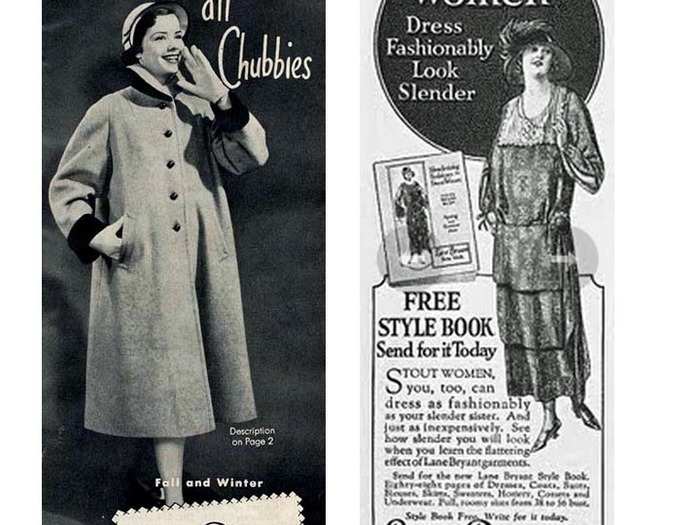
Until the mid-1950's, Lane Bryant used illustrations to market its "stout" line (though even here, the women look slim).
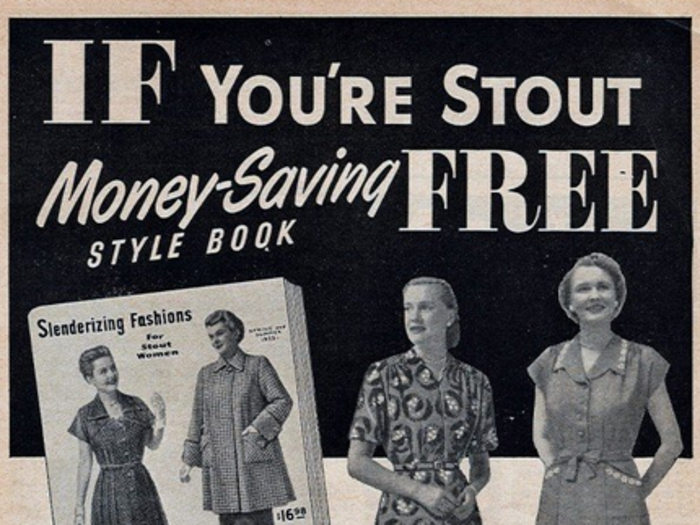
Twiggy's emergence in the fashion scene during the 1960s is often associated with the beginning of the industry's idolization of waif-thin models.
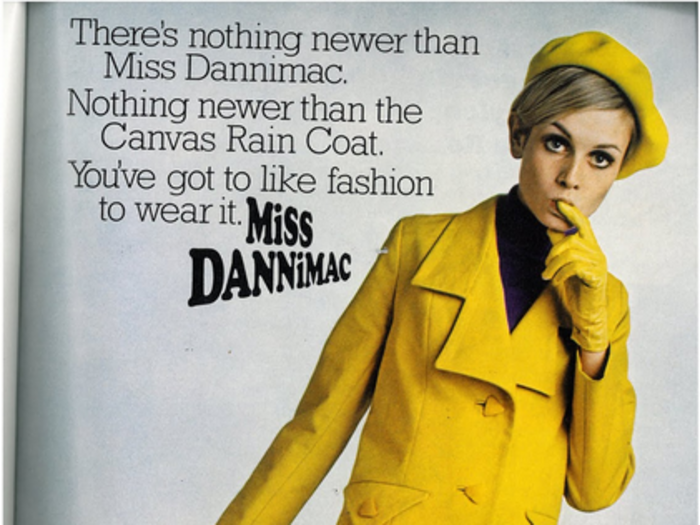
Recently, however, Twiggy has said her size was "natural," and she is horrified by fashion and Hollywood's idolization of emaciated figures. "Their concave chests and bony arms are terrifying," she told the Daily Mail. "It's scary to think that normal teenagers are tempted to copy them. I'd love there to be more larger models, but it's just not going to happen. Designers love to design for slim girls."
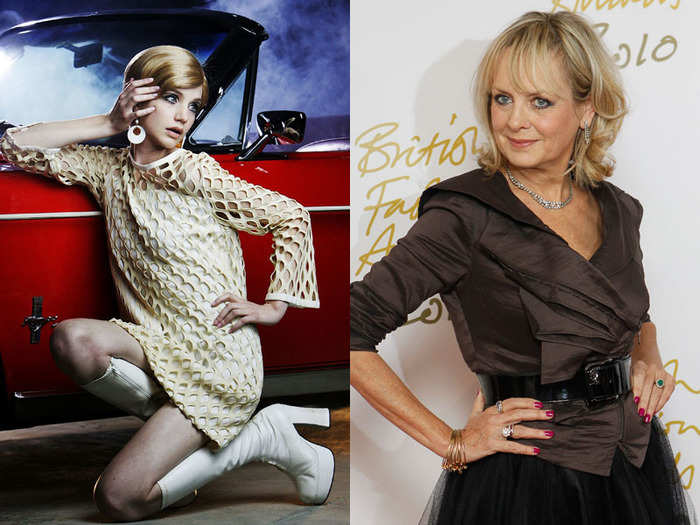
It wasn't until 1977 that Mary Duffy founded Big Beauties Little Women, which was the first agency for plus-size and petite models.

Slowly but surely niche shops popped up, although the models were hardly integrated in the fashion world. Bigger agencies (like Ford Models and Wilhelmina) started building plus-size divisions in the '90s.
Ford hoped its plus-size model super star Emme (right) would be the first to cross over into the world of couture.
But even though Emme, who in 1997 was 5'11" and 190 pounds, graced magazine covers, was a Revlon cover girl, and one of the highest-paid models in the industry, she never did a designer show.
Even though Emme was the first plus-size model to sign as a spokesmodel with a cosmetics company in 1998, Cover Girl didn't hire a plus-size spokesmodel until Jordan Tesfay in 2010.

Any model's weight change immediately makes headlines. Model Alice Jackson gained particular attention when she admitted to overcoming anorexia — at 5'9" she weighed 108 pounds — and switched to plus-size lingerie modeling. Note: She wears a size 10 at 154 pounds.
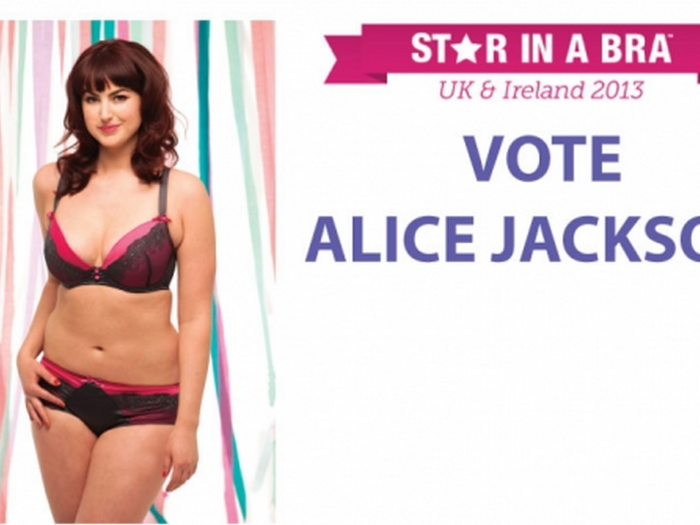
Crystal Renn became a famous plus-size model, posing for everyone from Gaultier and Jimmy Choo to H&M, who found her stride as a size 12 after working as a sample size model fighting anorexia. She penned the book "Hungry" about her journey.
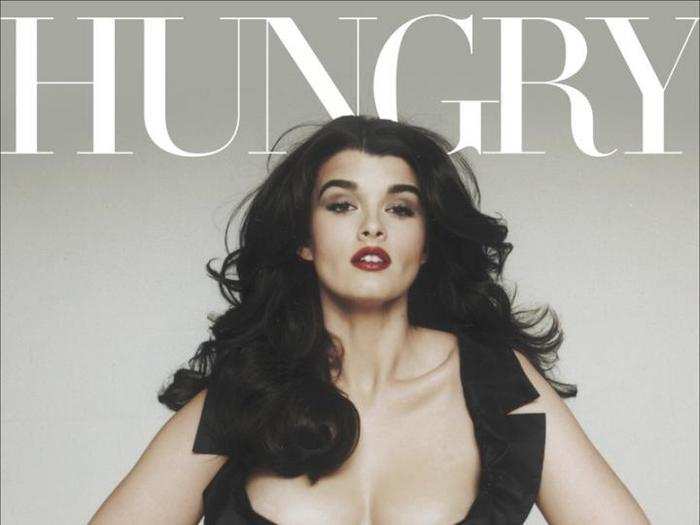
But some plus-size figures lashed out against her after she lost a significant amount of weight, allegedly due to hiking and yoga. In 2012, PLUS Model magazine Editor in Chief Madeline Jones told Radar Online, "Everyone rallied around her and now she's turned against us… We have been betrayed by her."
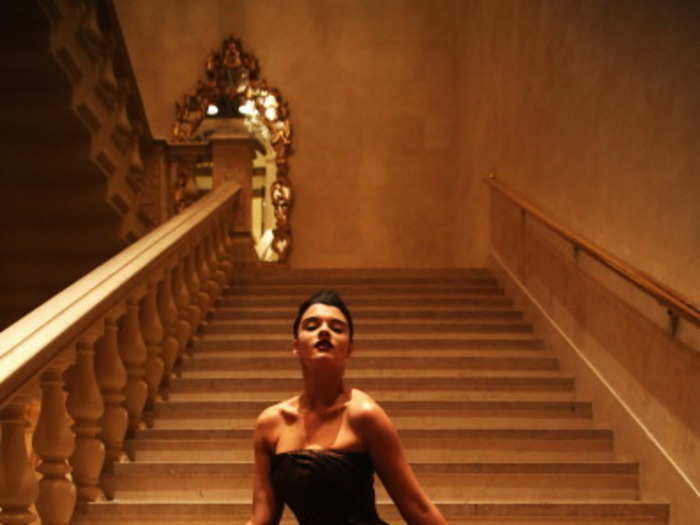
In April, Renn was interviewed in Net A Porter's digital magazine and talked about the normalcy of size diversity. She believes all sample sizes, which often dictate the sizes of models you see in magazines, should be a size 8. She stated in interviews, "I don't let my body dictate whether I'm happy or not. The goal is to go live, and worry about the rest later."
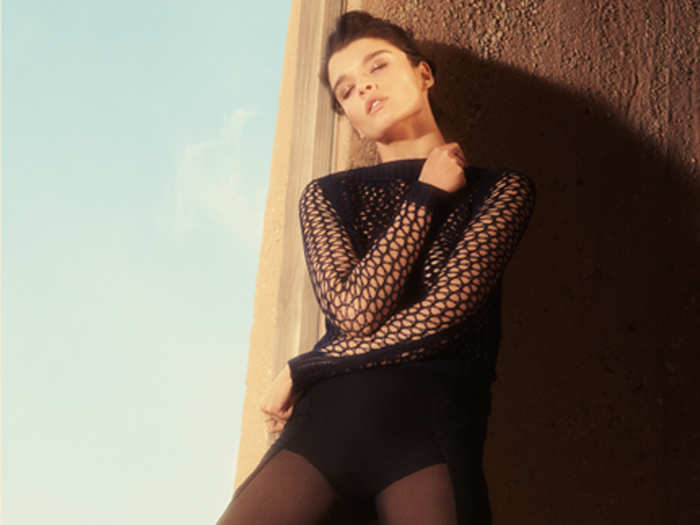
Plus-size icon Sophie Dahl appeared in several major campaigns, including this famous Yves Saint Laurent Opium perfume ad that was banned in the U.K. in 2000.
When Dahl went from a size 16 to a reported size 10, Emme spoke out against the pressure for even that category of model to slim down. “It’s a personal decision, but I wonder if it is self-motivated or caused by pressure from the outside,” Emme told RadarOnline.com. “Maybe she gave in to a certain designer, maybe she was pressured. Whatever the reason, she lost her uniqueness and now you don’t hear a lot about her.”
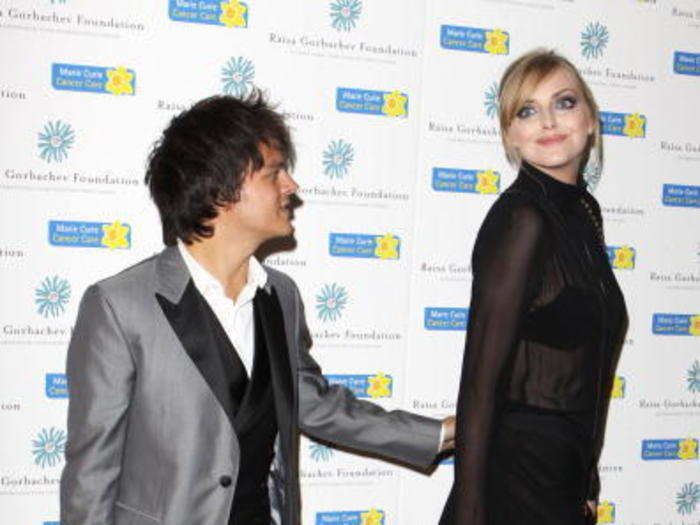
But sometimes designers find problems even with traditionally "plus size" models' weight. Marquita Pring is 5'11" and fluctuating between sizes 12 and 14, She told Women's Wear Daily that she regularly has to pad her body to fit clients' ideals. "To make you seem all around wider," she explained. "I mean, from the side you look kind of weird — and it feels weird." Other models have been known to use chicken cutlets to create the illusion.
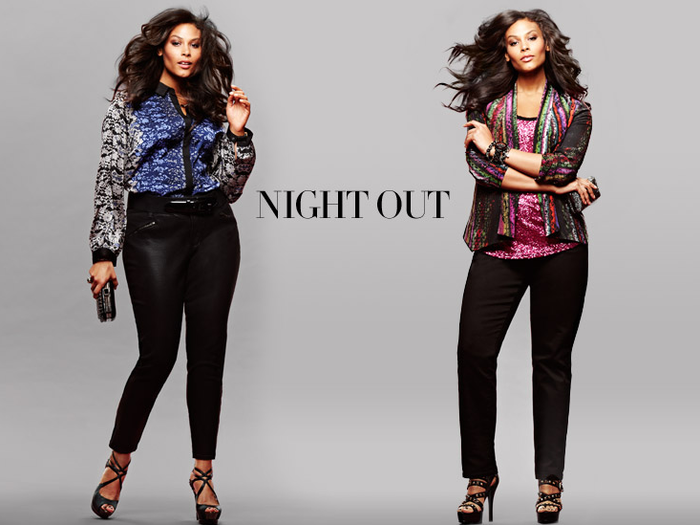
Although the plus-size model industry is growing, seeing "normally" shaped women in magazines is so rare that when Glamour featured size 12-14 model Lizzie Miller in the pages of its September 2009 issue, it was inundated with hundreds of shocked, but mostly positive, letters. One reader called the picture "the most amazing photograph I've ever seen in any women's magazine."
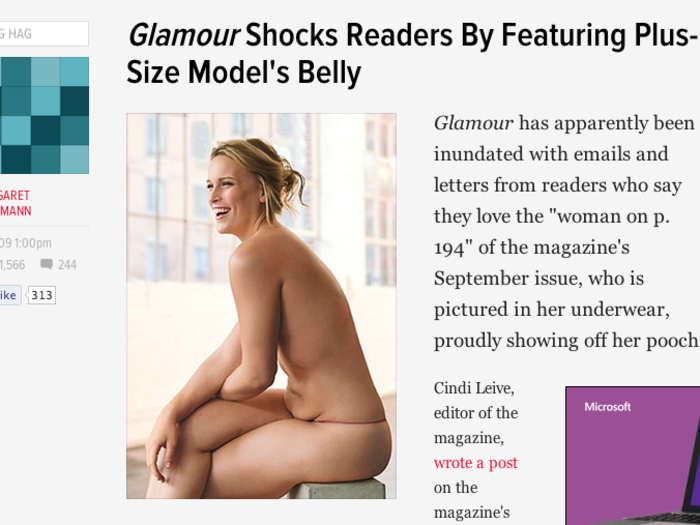
Glamour then featured a spread of seven women that are 3-5 sizes larger than models usually seen in glossy magazine pages. Glamour noted, "most 'plus-size' models actually aren't plus-size humans. It's one of the perversities of the modeling industry that women are moved into 'plus' divisions once they're anything larger than a six."
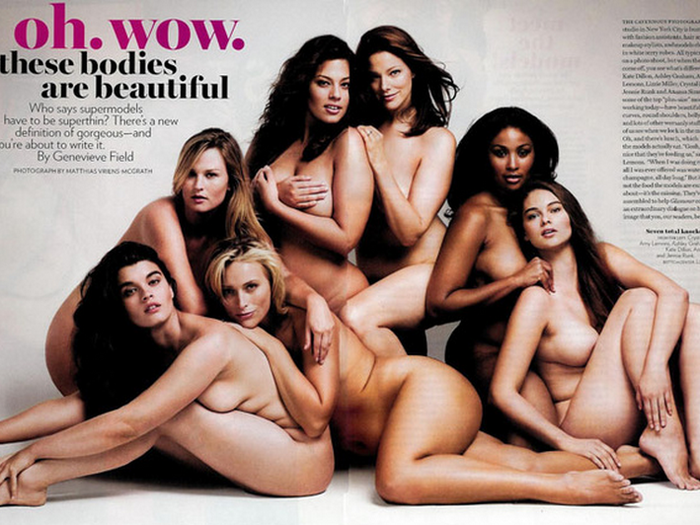
Plus-size models have finally started to infiltrate the pages and even covers of fashion magazines. But head of Ford Plus, Gary Dakin, remembers that just a decade ago, plus-size models essentially had to be smuggled into catalogue shoots. “They had to come with their hair and make-up done already,” he told the Times of London. “No one wanted to clothe them. They were in and out before the straight-size girls got there. Everyone knew the big girls had to be photographed, but for the photographers it was the most boring work on earth. The magazines would not feature them. No one wanted to be the first."

Integration into runway shows is still hard. The model leading the pack down the runway is a size 12. Designer Mark Fast wanted to feature women of all sizes in his 2009 London fashion show, a rarity in the field. Some of his employees were so annoyed at working with plus-size models that they reportedly quit.
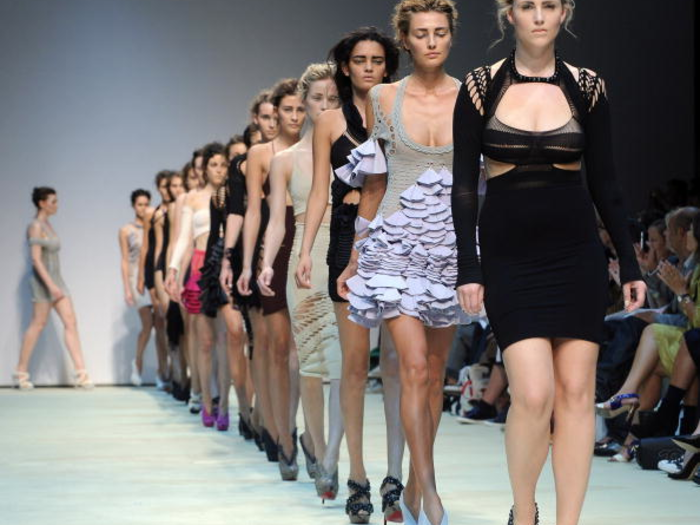
In June 2011, history was made. Three plus-size models were placed on the cover of Vogue Italia. However, they were featured seductively crawling over giant bowls of pasta, as if to call out, "these models eat."
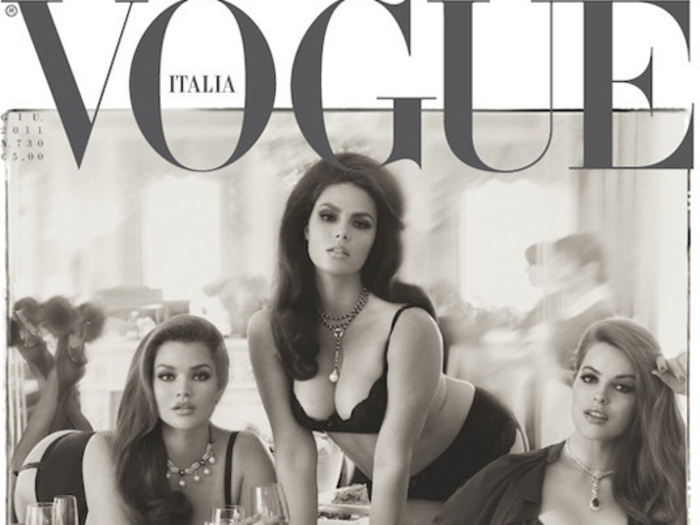
In September 2012, Ralph Lauren named Robin Lawley, one of the Vogue Italia cover models, its first plus-size model.
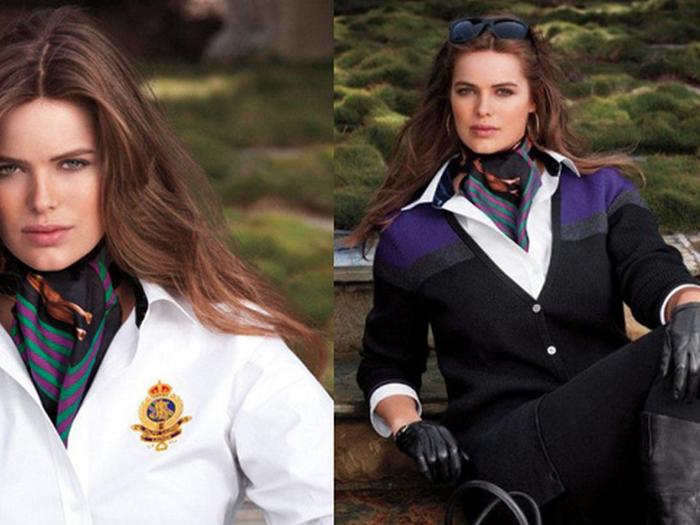
Some question how sincerely the fashion world actually wants to integrate plus-size models. It is often done in a special "size" issue. Karl Lagerfeld shot V's "size issue" (below) just three months after saying "no one wants to see round women."
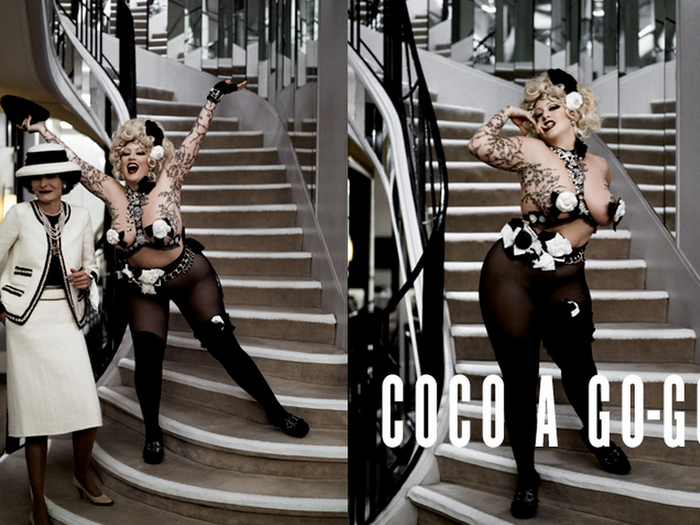
And every new cover featuring a plus-size model comes with a bevy of media puns. The Daily Mail's headline for Elle Quebec's May 2013 cover was "The thigh's the limit!"
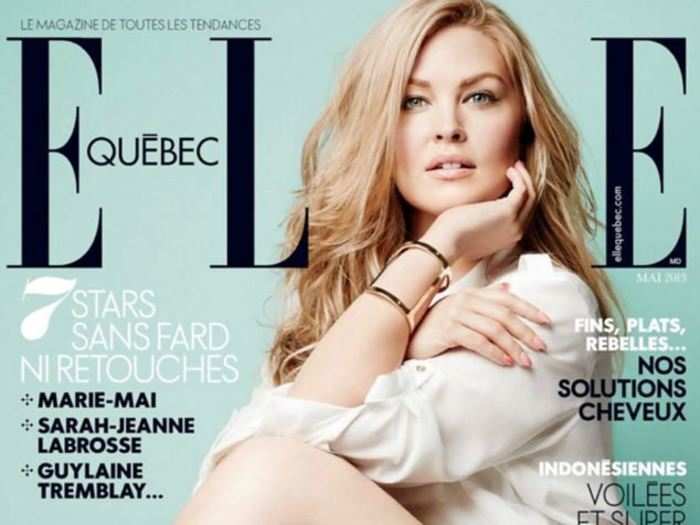
Sometimes even the retailers themselves propagate the puns. American Apparel's search for its first plus-size model was called "The Next Big Thing." It was apparently looking for "booty-ful" models with "full size fannies."

Nancy Upton made a profile that mocked the competition. Even though she got the most votes, American Apparel disqualified her since she was making light of the process.
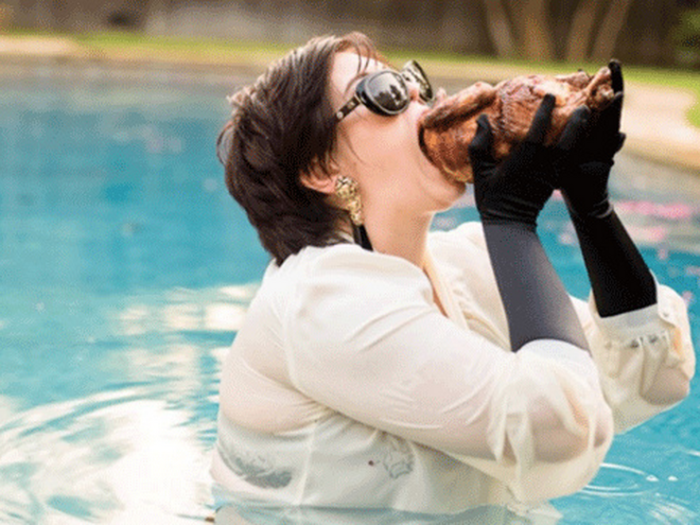
That occurred a year after American Apparel told adult star and plus-size model April Flores that it couldn't be of assistance with helping her make a plus-size line since they didn't have clothes in plus sizes. Why? "That's not our demographic."
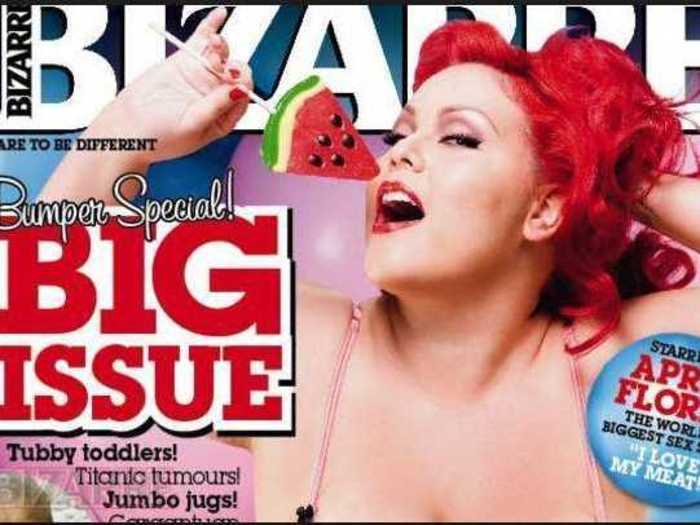
That's why H&M's approach with plus-size model Jennie Runk was so refreshing. It didn't call her out as plus-size, even though she was in beachwear.
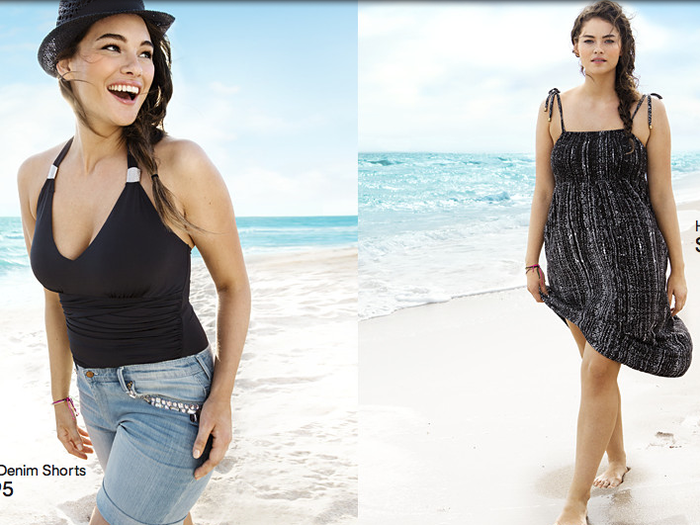
I'm looking forward to the day where plus-size doesn't exist anymore, and we're all just models and it's all just clothes," Runk told Vogue. "I think separating between normal and plus-sized is getting a little old fashioned.
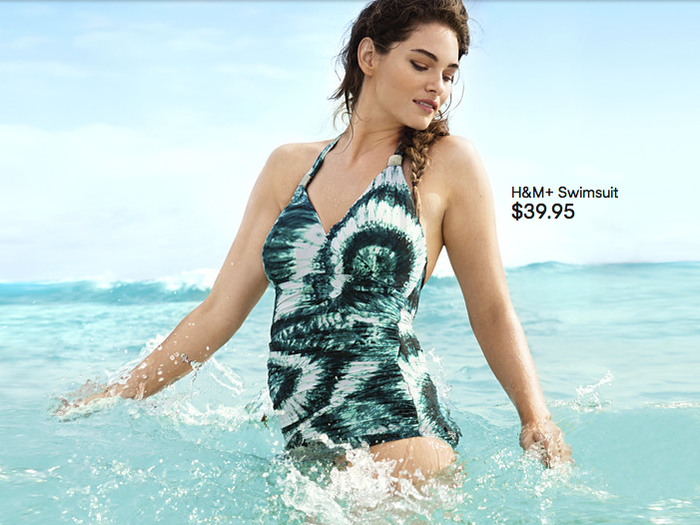
And yet ... If you look at the first 40 women on the homepage of top agency Ford Models, all but one have hips that are narrower than 35 inches. That's 2.5 inches narrower than the "American Venus" of 1926.
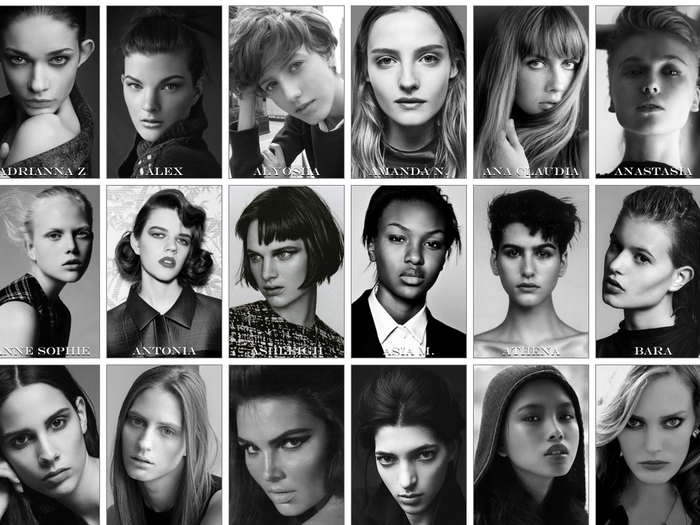
Now see how H&M is leading the way.
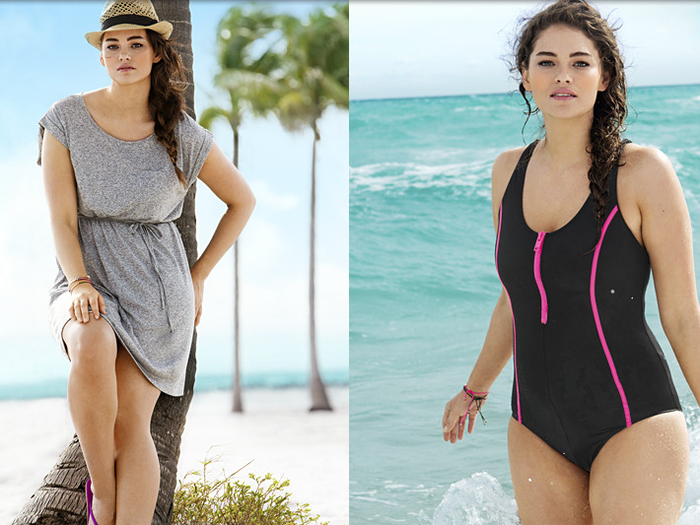
Popular Right Now
Popular Keywords
Advertisement